12 Rare Antique Scientific Books and Their Estimated Values
Antique scientific books are highly sought after for their historical and intellectual value. These books offer a glimpse into the scientific discoveries and advancements of the past. Many collectors and institutions prize them for their rarity and significance. The condition and age of these books can greatly impact their market value. In this article, we will explore some of the most highly valued antique scientific books and their prices.
This post may contain affiliate links, which helps keep this content free. Please read our disclosure for more info.
The Codex Leicester by Leonardo da Vinci
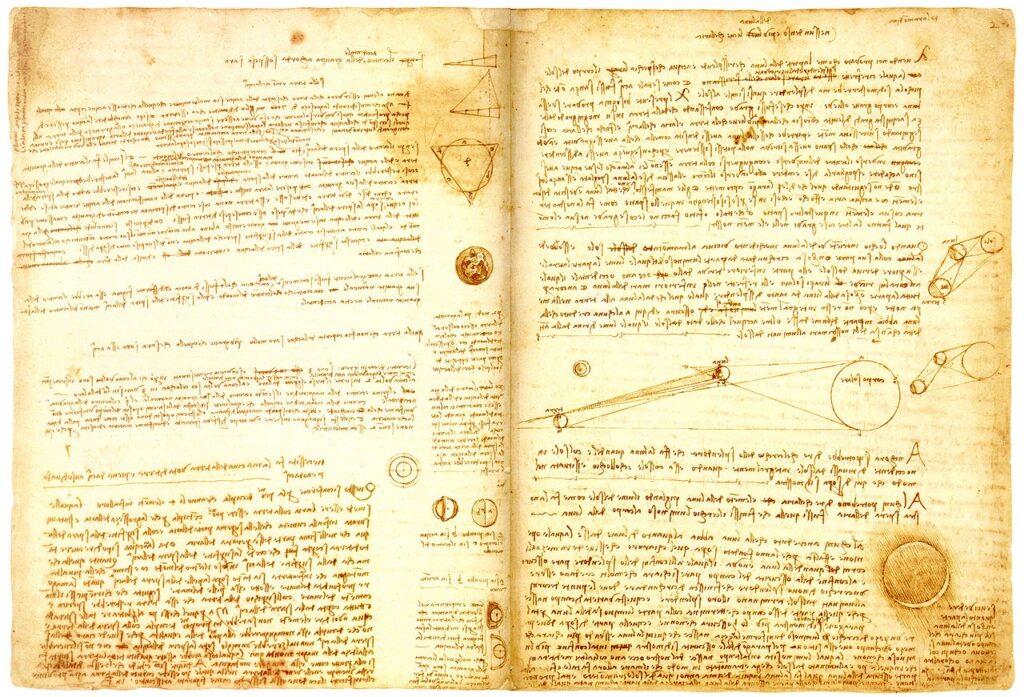
The Codex Leicester is a collection of da Vinci’s scientific writings and sketches, highlighting his studies on water, geology, and mechanics. Written around 1508, it contains da Vinci’s observations on how water moves and the properties of the moon’s reflection. This book is considered priceless due to its direct connection to one of history’s greatest minds. In 1994, it was purchased by Bill Gates for $30.8 million, and its value has only grown since then.
It remains one of the most important works in the history of science. The Codex Leicester combines art and science in a way no other work has done before. It offers insight into da Vinci’s innovative thinking, which was far ahead of its time. While it is not available for sale, its value is estimated at over $50 million today.
De revolutionibus orbium coelestium by Nicolaus Copernicus
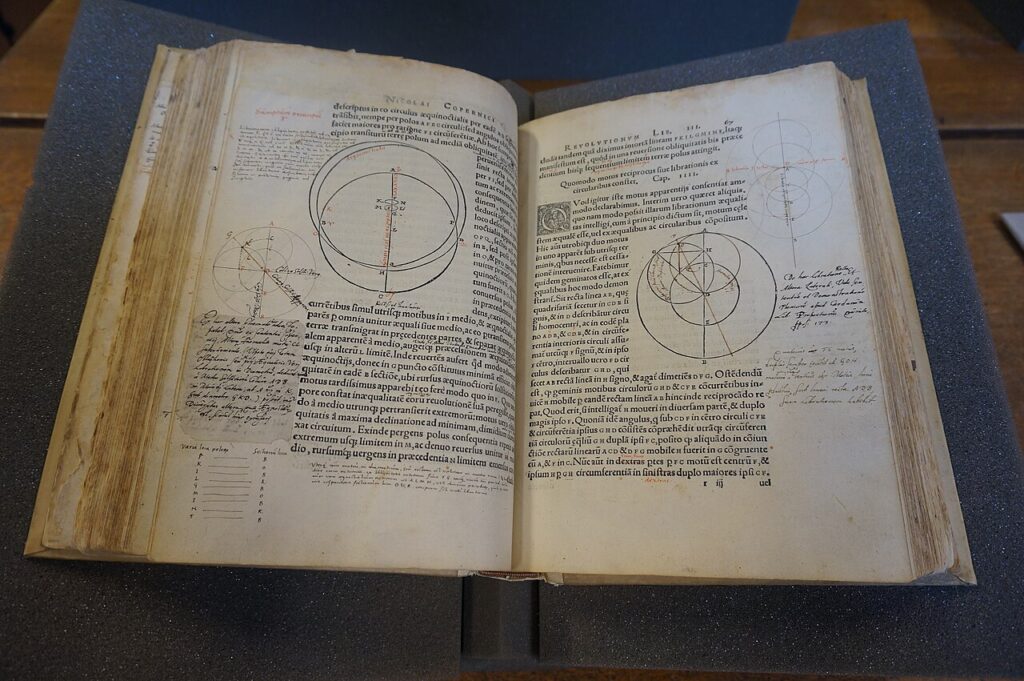
De revolutionibus orbium coelestium was published in 1543 and marks the beginning of the heliocentric model of the solar system. Nicolaus Copernicus challenged the geocentric view of the universe, which greatly influenced modern astronomy. The first edition is highly prized for its groundbreaking scientific theories. An original copy of this book can range in price from $200,000 to $3 million, depending on condition and provenance.
This work paved the way for astronomers like Kepler and Galileo to further develop the heliocentric theory. Its significance in changing scientific thought makes it one of the most valuable works in the field of astronomy. Only a limited number of original copies remain in good condition. Its place in scientific history cannot be overstated.
Philosophiae Naturalis Principia Mathematica by Isaac Newton
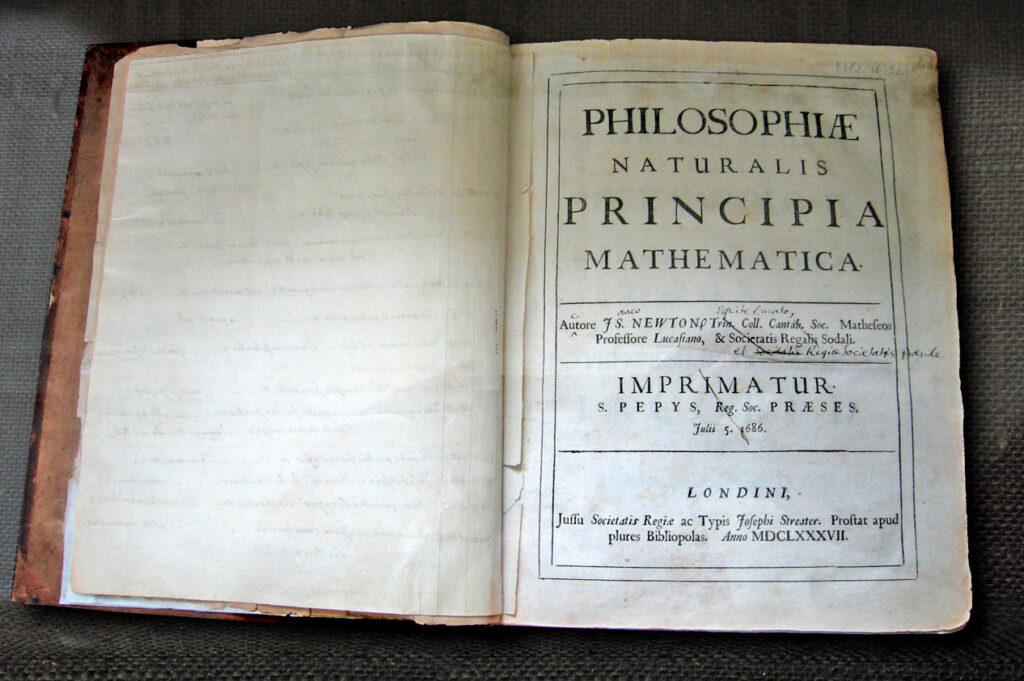
Philosophiæ Naturalis Principia Mathematica, published in 1687, is one of the most influential books in the history of science. Written by Isaac Newton, it introduced the laws of motion and universal gravitation, laying the foundation for classical mechanics. The first edition is considered extremely rare, with prices reaching up to $3 million. This work transformed the study of physics and mathematics forever.
Newton’s principles are still taught today in schools worldwide. The book is seen as one of the greatest achievements in scientific literature. Only a few first editions remain in pristine condition, making them highly collectible. Newton’s contributions continue to shape modern science.
On the Origin of Species by Charles Darwin
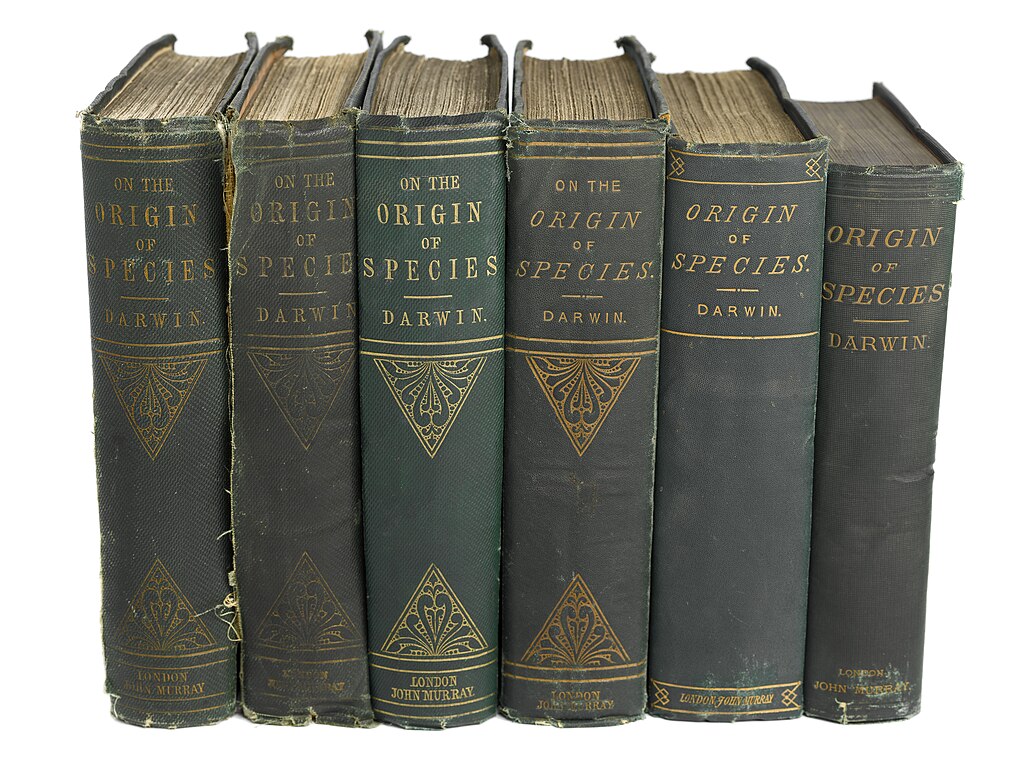
Published in 1859, On the Origin of Species by Charles Darwin introduced the theory of natural selection, revolutionizing biology. It provided evidence for evolution and changed how people understood the development of life on Earth. A first edition of this book can be worth anywhere from $100,000 to $200,000 depending on condition. Its impact on both science and society makes it one of the most valued books in history.
Darwin’s work opened new paths in genetics, ecology, and evolutionary biology. It is considered the cornerstone of evolutionary theory. Original first editions are highly sought after by collectors due to their historical significance. This book remains essential reading in scientific fields worldwide.
Dialogue Concerning the Two Chief World Systems by Galileo Galilei

First published in 1632, Galileo’s Dialogue Concerning the Two Chief World Systems supports the Copernican theory of heliocentrism. This book challenged the geocentric view upheld by the Catholic Church, leading to Galileo’s eventual trial and condemnation. It is a highly valued collector’s item, with copies selling for $500,000 to over $1 million. Its significance in the history of science and its role in the conflict between science and religion contribute to its value.
The Dialogue is considered one of the greatest works of scientific literature, cementing Galileo’s place in history. His findings laid the groundwork for future developments in physics and astronomy. The book is rare, with only a few surviving copies from its initial printing. Its value continues to grow as it is considered one of the most important texts in scientific history.
Astronomia Nova by Johannes Kepler
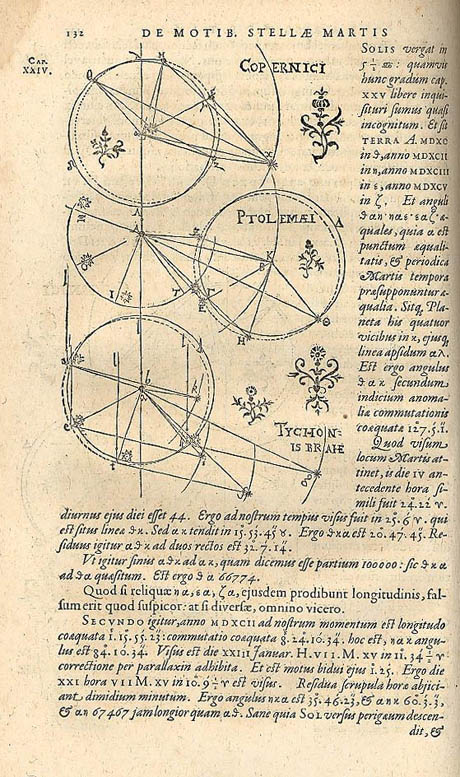
Kepler’s Astronomia Nova, published in 1609, detailed his laws of planetary motion and provided a mathematical foundation for the heliocentric model. This book marked a significant leap in the field of astronomy, following the work of Copernicus. The first edition is extremely rare and can be valued between $200,000 and $500,000. Kepler’s work advanced the understanding of planetary orbits and provided insight into the mechanics of our solar system.
Kepler’s laws remain central to the study of astronomy, and this book reflects his brilliance. Only a few first editions remain in good condition, making them highly prized. It is considered one of the essential works in the history of science. Collectors value this work for its scientific importance and historical impact.
Birds of America by John James Audubon

John James Audubon’s Birds of America was first published between 1827 and 1838 and features stunning hand-painted images of North American birds. It is one of the most beautiful and sought-after books for collectors due to its stunning artistic and scientific value. A first edition can fetch anywhere from $5 million to $11 million depending on its condition. Audubon’s work was groundbreaking in combining both art and science.
The book includes life-sized depictions of birds, making it a masterpiece of natural history. Its limited production and fine craftsmanship have made it one of the most expensive books in the world. Audubon’s name is synonymous with both art and ornithology. Birds of America remains a symbol of the connection between science and art.
Micrographia by Robert Hooke
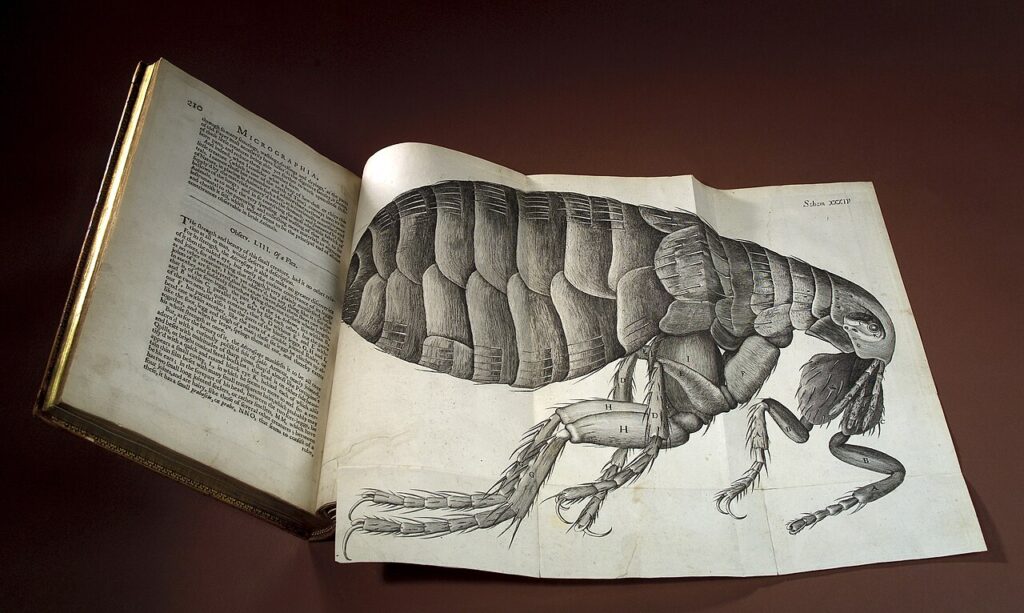
Robert Hooke’s Micrographia, published in 1665, was the first major work to use a microscope to study the microscopic world. It included detailed illustrations of specimens such as insects, plants, and the structure of human hair. The first edition can be valued between $100,000 and $300,000. The work laid the foundation for the study of biology and microscopy.
Hooke’s book opened up the world of the unseen and inspired future developments in microscopy. The illustrations in Micrographia remain some of the most accurate depictions of microscopic life. Collectors highly prize the book for its groundbreaking science and artistic value. Its influence continues in modern scientific research.
De Humani Corporis Fabrica by Andreas Vesalius
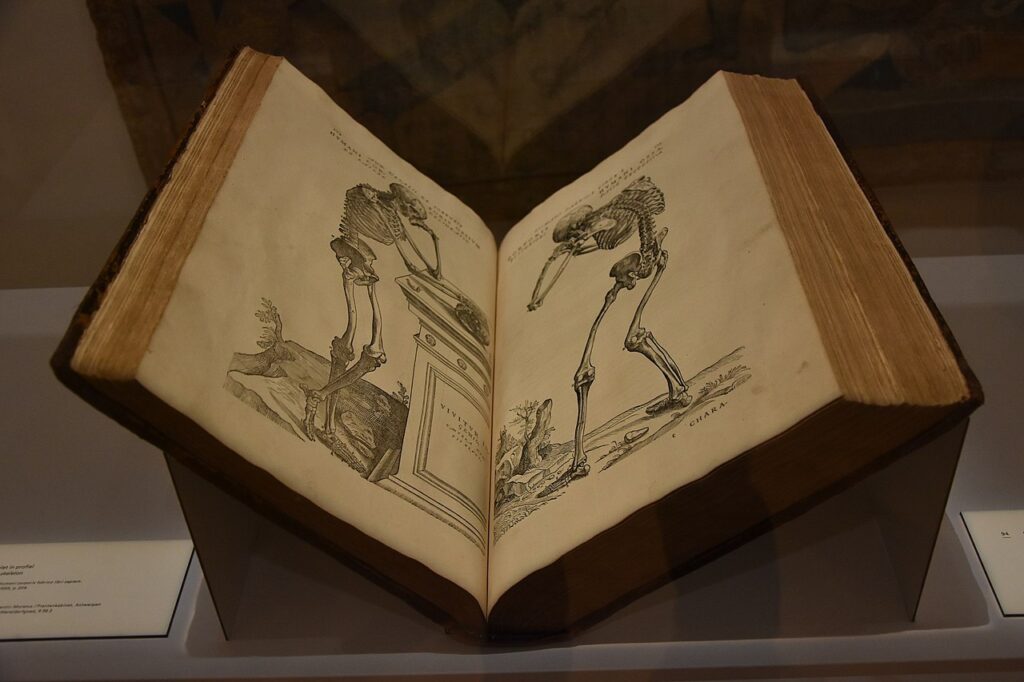
Published in 1543, De Humani Corporis Fabrica by Andreas Vesalius is one of the most important early works in anatomy. It marked the first accurate depiction of the human body, challenging centuries of incorrect teachings. Vesalius’s detailed drawings and observations revolutionized the study of human anatomy. First editions are rare and valued from $500,000 to $1 million or more.
The book’s artistic quality and scientific importance have made it a prized collector’s item. Its illustrations set the standard for medical drawings for centuries. De Humani Corporis Fabrica is still used today as a reference in anatomy. It is regarded as a monumental achievement in the history of medicine.
The Archimedes Palimpsest

The Archimedes Palimpsest is a manuscript that contains the only surviving copies of several of Archimedes’ works. It was created in the 10th century and later reused in a Christian manuscript in the 13th century. The palimpsest was discovered in 1906 and has since been studied extensively. Its current market value is estimated at around $20 million.
This manuscript is crucial for understanding the contributions of Archimedes to mathematics and engineering. The Archimedes Palimpsest contains unique mathematical diagrams that had been lost to history. Its recovery and study have brought new insights into ancient scientific methods. The palimpsest is a rare and significant artifact for both historians and mathematicians.
Principia Mathematica by Alfred North Whitehead and Bertrand Russell
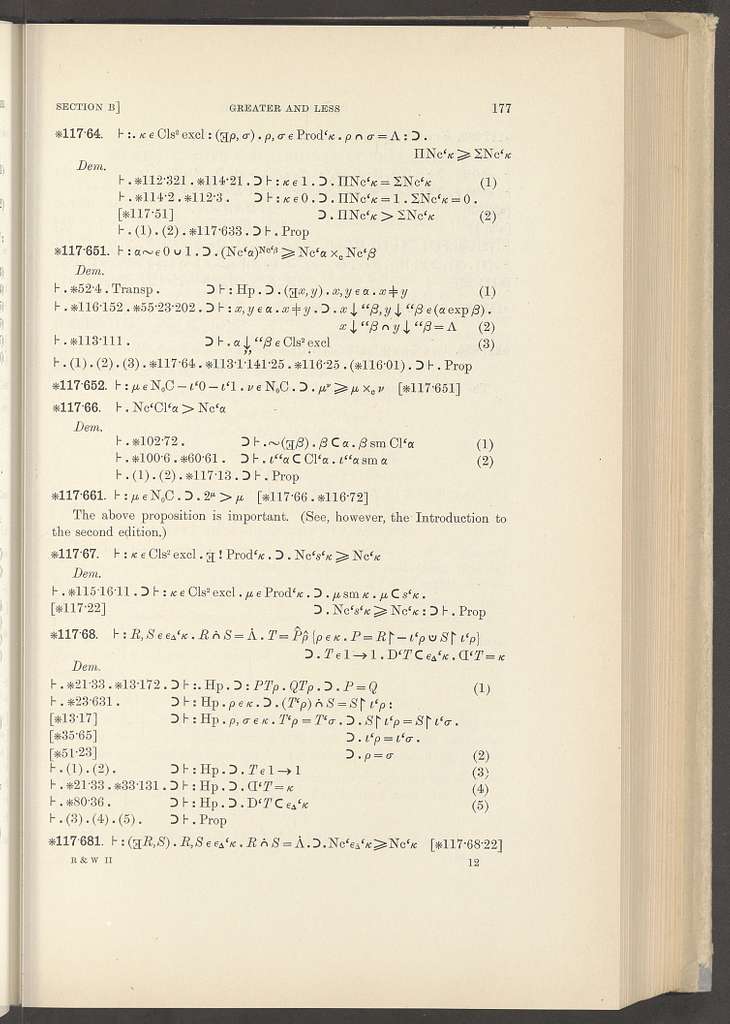
The Principia Mathematica by Whitehead and Russell, published from 1910 to 1913, is one of the most important works in the history of logic and mathematics. This book attempts to derive all of mathematics from a set of fundamental principles. Early editions of Principia Mathematica can be valued at around $10,000 to $50,000. Its influence on logic and mathematical philosophy remains profound.
The work is admired for its logical rigor and depth, addressing problems that had puzzled mathematicians for centuries. The first edition is especially sought after due to its academic significance. The Principia Mathematica laid the groundwork for 20th-century mathematical logic. It continues to be a key reference in philosophy and mathematics.
The Mappa Mundi by Richard of Haldingham
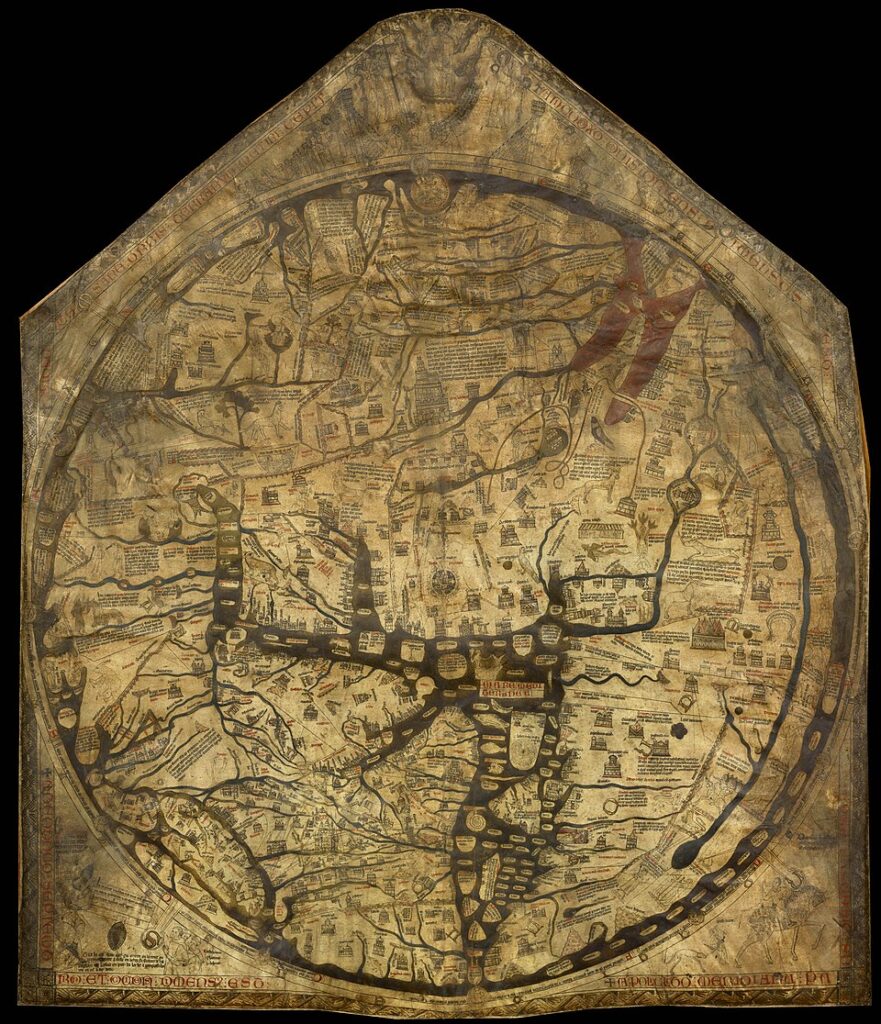
The Mappa Mundi, created in 1300 by Richard of Haldingham, is an ancient map of the world. It is one of the most famous medieval maps and provides a unique view of the world as it was understood in the Middle Ages. The map is highly valued for its historical and geographical importance, with original copies selling for millions at auction.
The map combines geographic details with mythical and religious elements. Its intricate design and the way it reflects medieval understanding make it a fascinating collectible. The Mappa Mundi offers insight into the medieval mind and is considered an invaluable historical document. Its significance in cartography makes it one of the most valued artifacts from the period.
Antique scientific books are more than just valuable collectibles; they represent milestones in the history of human knowledge. Their rarity, age, and cultural impact make them highly sought after by collectors and institutions alike. Understanding the significance of these works can deepen appreciation for their contributions to science. Investing in these books connects collectors with the past while preserving their legacy for future generations.
This article originally appeared on Avocadu.
